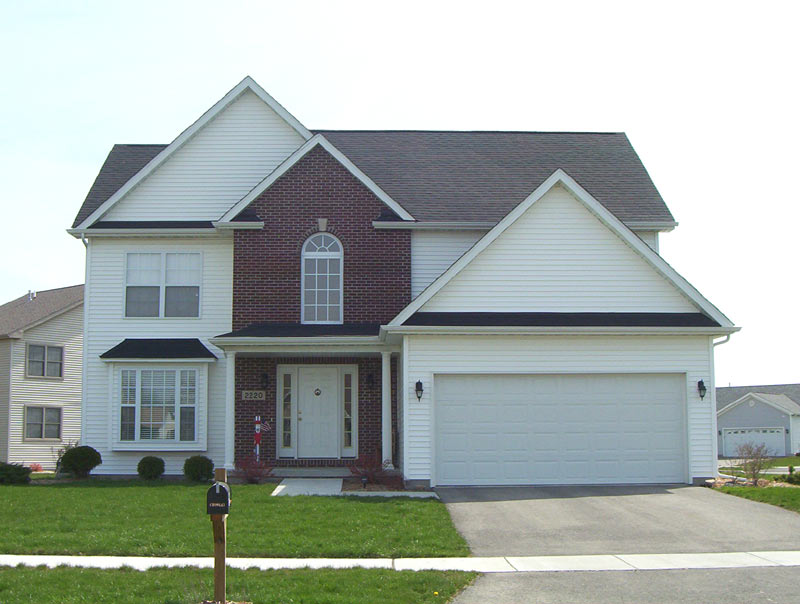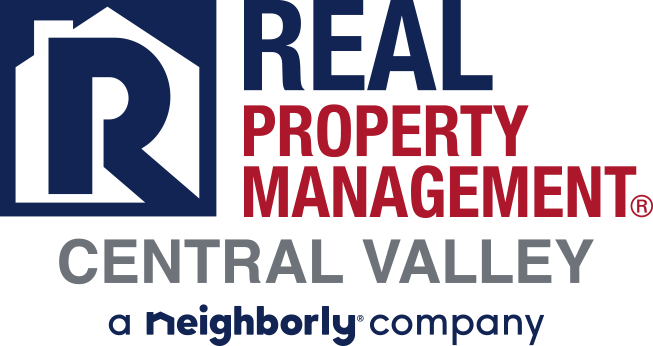How Much Should You Spend On An Investment Property?

By RPM Central Valley
STOCKTON, CA. – Are you planning on buying an investment property but don’t know how much you should spend?
The answer to this question all depends on the location or area that you want to buy a rental property in because although some areas may have a huge demand for rental properties there may be little to no demand in others.
Before purchasing a rental property it’s best to first research the condition of the rental market, find out what the average rent is, check out local amenities and see which companies are in the area because your future tenants will be interested in all of these things.
How Much Should You Pay For An Investment Property?
Let’s say that you’ve done your research and found a great area where there’s a significant demand for rental properties.
Before deciding to pay X for a rental property in the area, use the following formula to calculate how much you should really pay for a rental.
1 Percent Rule
Talk to anyone who knows about rental property investing, and you’ll likely hear about “the 1 percent rule.” It’s a simple exercise and a good place to start to figure out how much to pay for a property versus the rental income. Conservatively estimate monthly rental proceeds minus monthly expenses. Divide that number by the purchase price. The idea is to find a result near 0.01 or higher. For example, if you can rent the property for $1,500 a month, fewer expenses of $300, net revenue is $1,200 a month. Divide that by the purchase price, say $120,000, and you have 0.01 — 1 percent. The higher that number, the better.
Income
Estimating the rental income can be tricky. Your rental has to be competitive with other rental properties in its market. Find out how much similar nearby properties are renting for and adjust for things that make your property more or less appealing to a prospective renter. For example, if your property has a hot tub for the renters’ use, that might add to your rental income. Take into account neighborhood desirability, proximity to schools, parking — anything that sets your property apart from others.
Occupancy Rate
When estimating rental income and expenses, be sure to consider how many months each year your property will be vacant. Occupancy rates are highly variable by market area and demographics. The rental vacancy rate in a beach town might be much different from the rate in a ski resort. Retirement communities have different rates from college towns. Requiring renters to sign a lease can help stabilize the occupancy rate, but a lease is of little help if your renters lose their jobs.
Get Property Management Here
For professional property management in the Central Valley contact us today at (209) 572-2222 or click here to connect with us online.

